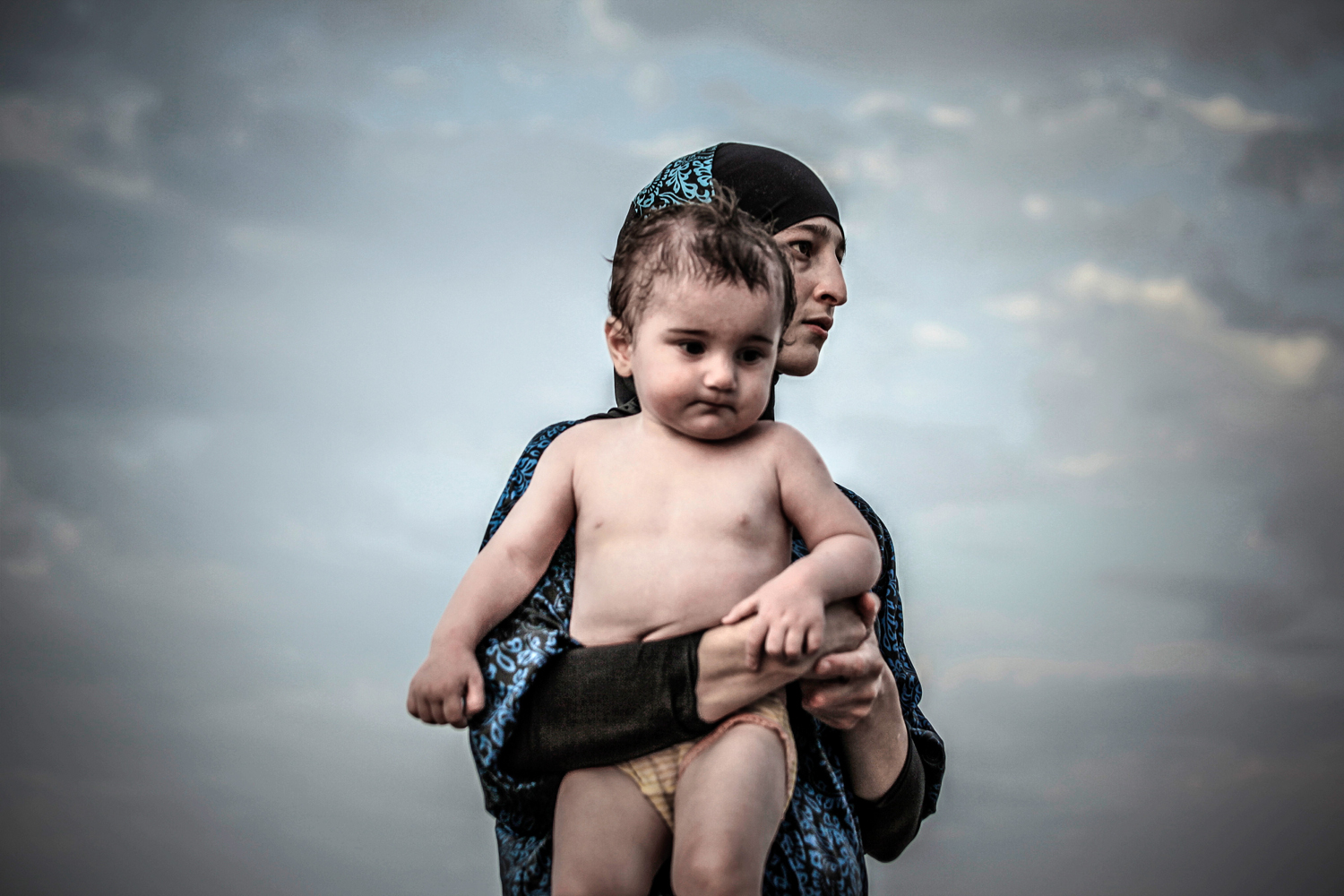
Despite the reduction of large-scale military operations 10 years ago in Chechnya, a guerrilla war waged by Islamic fundamentalists rages on, and has brought a striking level of violence and bloody insurgency to the neighboring Caucasus republic of Dagestan.
For decades, and in much of the world’s eyes, all the news coming from the North Caucasus seemed focused on the cataclysm in Chechnya. Now, with Grozny slowly emerging from decades of chaos, Dagestan – the largest, most heterogeneous and, today, the most violent republic in the North Caucasus region – is raising its international profile, but for all the wrong reasons.
With a population of about 3 million people, Dagestan — bordering Chechnya, with the Caspian Sea to the east and Georgia and Azerbaijan to the south — is comprised of more then 40 ethnic groups. Ethnic Russians make up roughly four and half percent of the republic’s total population, while political power is held mainly by the two largest groups: the Avar and Dargin, both of whom practice Sufism, or the region’s traditional brand of Islam. Recently, however, Salafism — a puritanical form of Islam practiced largely in Saudi Arabia — has begun to make inroads, further complicating the already tangled political and religious picture.
Split by seemingly intractable social and religious differences and with almost a half of its territory locked down under a special security regimen (CTO, or “counter-terrorist operation”), Dagestan’s populace endures martial law, rigid curfews and random searches enforced by the Russian military.
For most Russian citizens, meanwhile, the North Caucasus is peopled not by neighbors or citizens but by stereotypes. A mountain region, alien and dangerous, it is populated (in the Russian popular imagination) by suicide bombers and terrorists. Period.
The Jamaats—local Islamic societies—comprise the vast majority of active anti-Russian Islamist fighters in Dagestan. Numbering somewhere around 500, by best estimates, Jamaats manage to replace those killed in action with newly joined militants in a remarkably timely manner. The reason for this renewable source of fighters is, in fact, rather simple: namely, the fundamentalists find fertile ground to propagate their ideas in the region’s remote, mountainous villages — as well as via the Internet. As the Dagestan justice system is largely ruled by nepotism, Russian law and order doesn’t have real power and most people find it impossible to receive justice from local authorities. Jamaats’ leaders, meanwhile, claim to be the “legitimate authority of Dagestan” and are candid about their aim of establishing a “fair society” based on Shari’a law. As the years pass, more and more people convert to Salafism.
Dagestan’s society is still deeply split. The gap between the richest and the poorest is enormous — and, like everywhere else, is rapidly growing. Conservatives, including many traditional Muslims, who still feel an allegiance to Russia certainly do not accept the “Islamization” of their country and their culture, while many others simply vote with their passports — emigrating from the republic entirely. The men, women and children who stay behind must somehow find ways to endure in the midst of their country’s hidden war.
Maria Turchenkova is a freelance documentary photographer based in Moscow. She was recently selected to attend the 2013 World Press Joop Swart Masterclass.
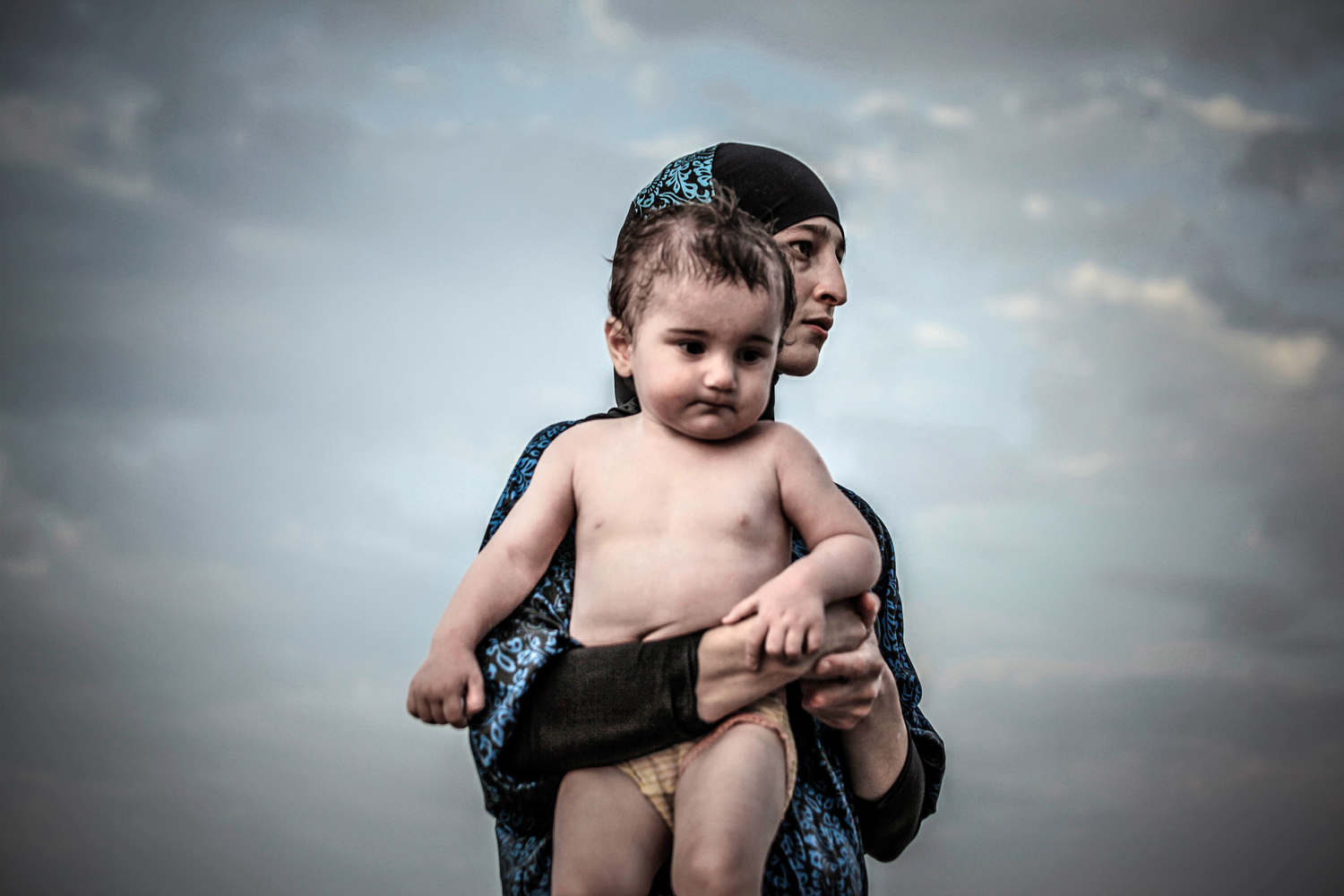
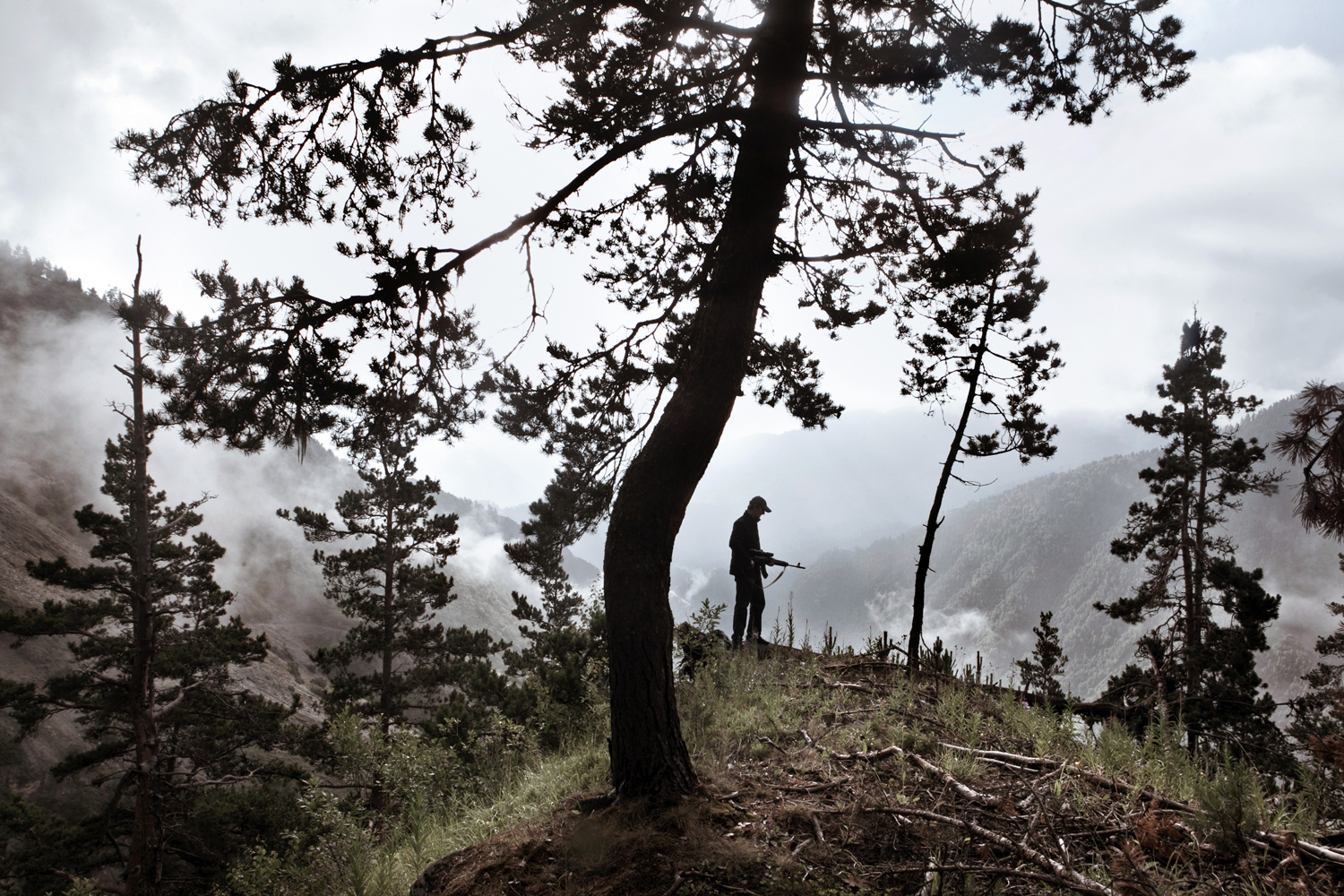
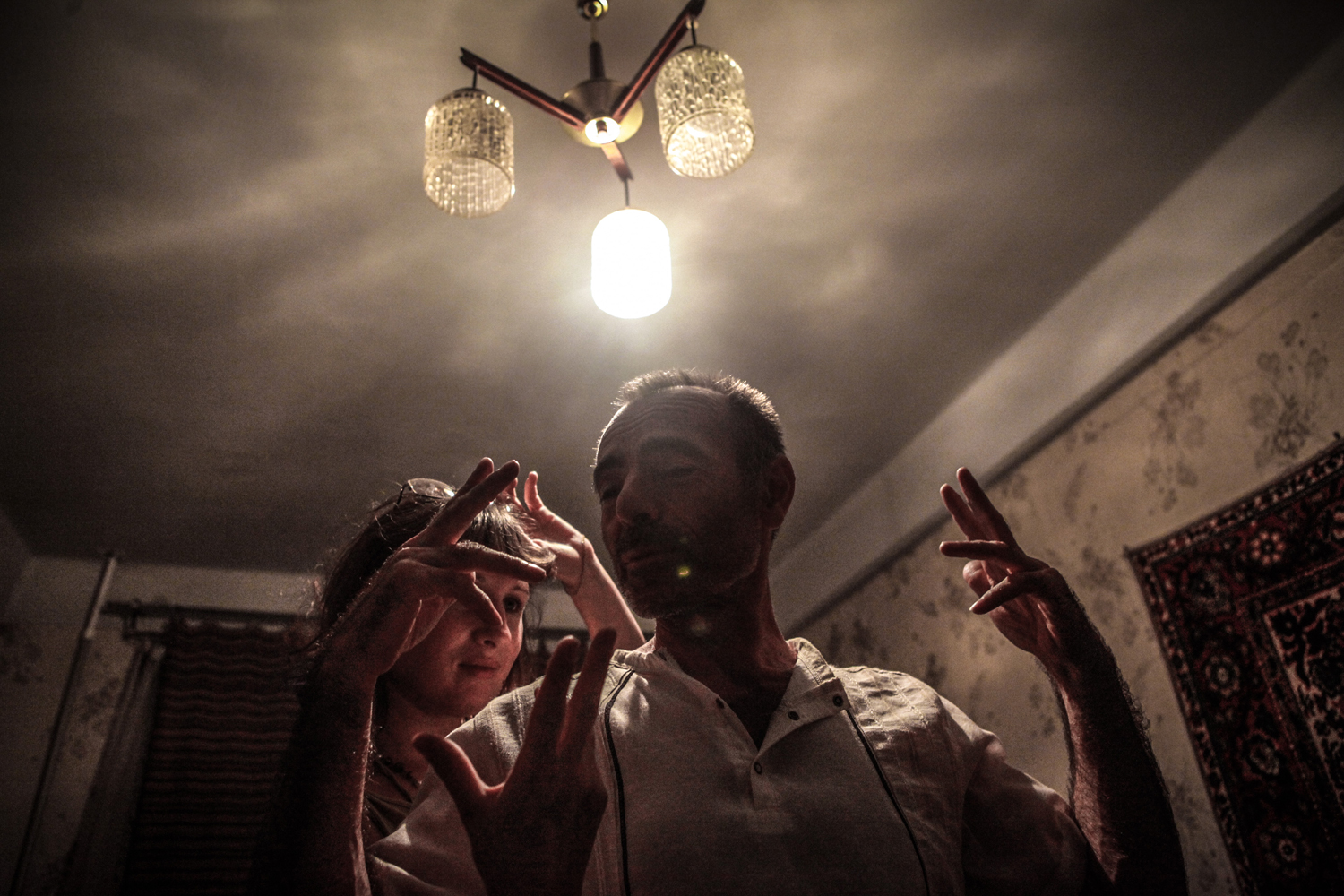
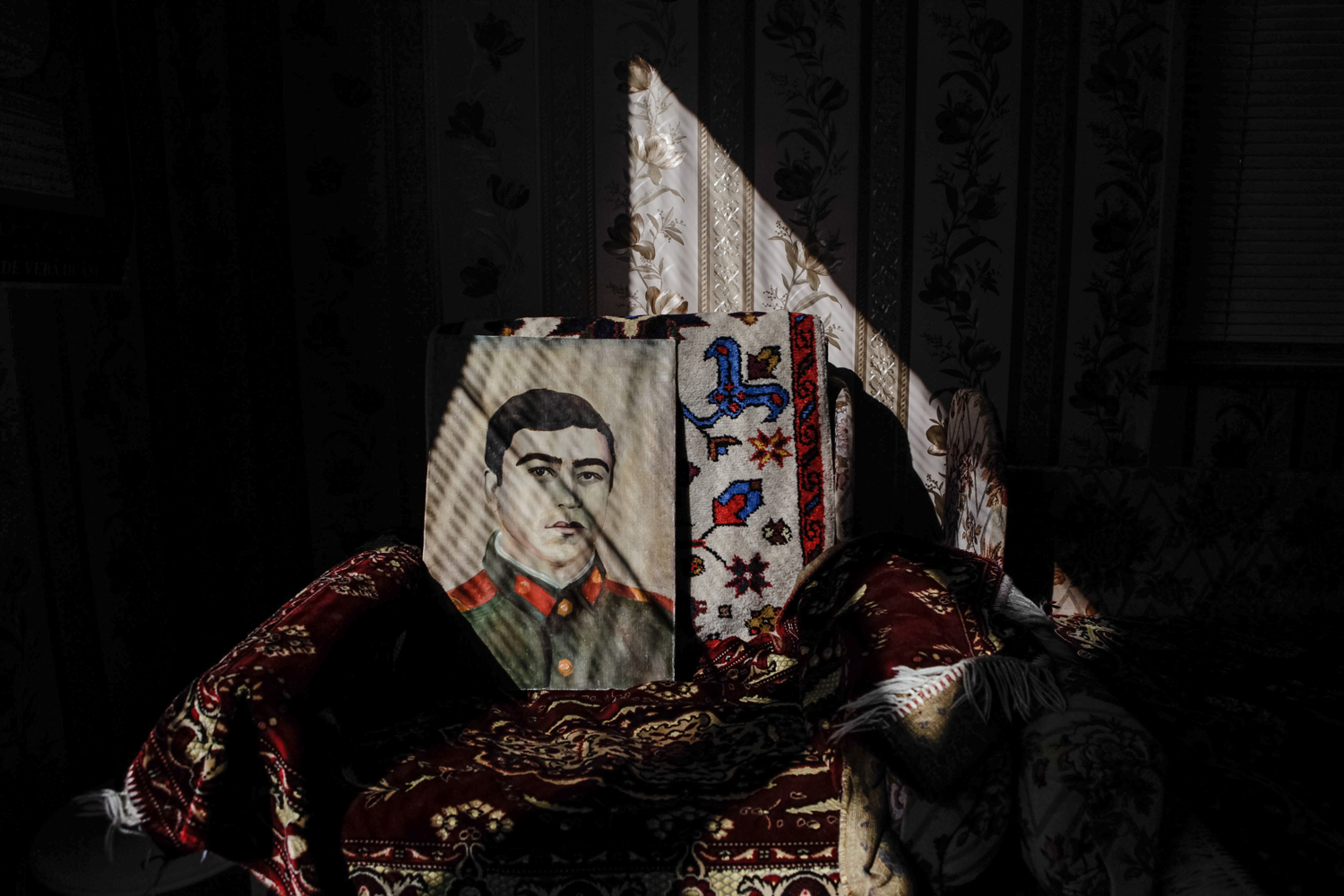

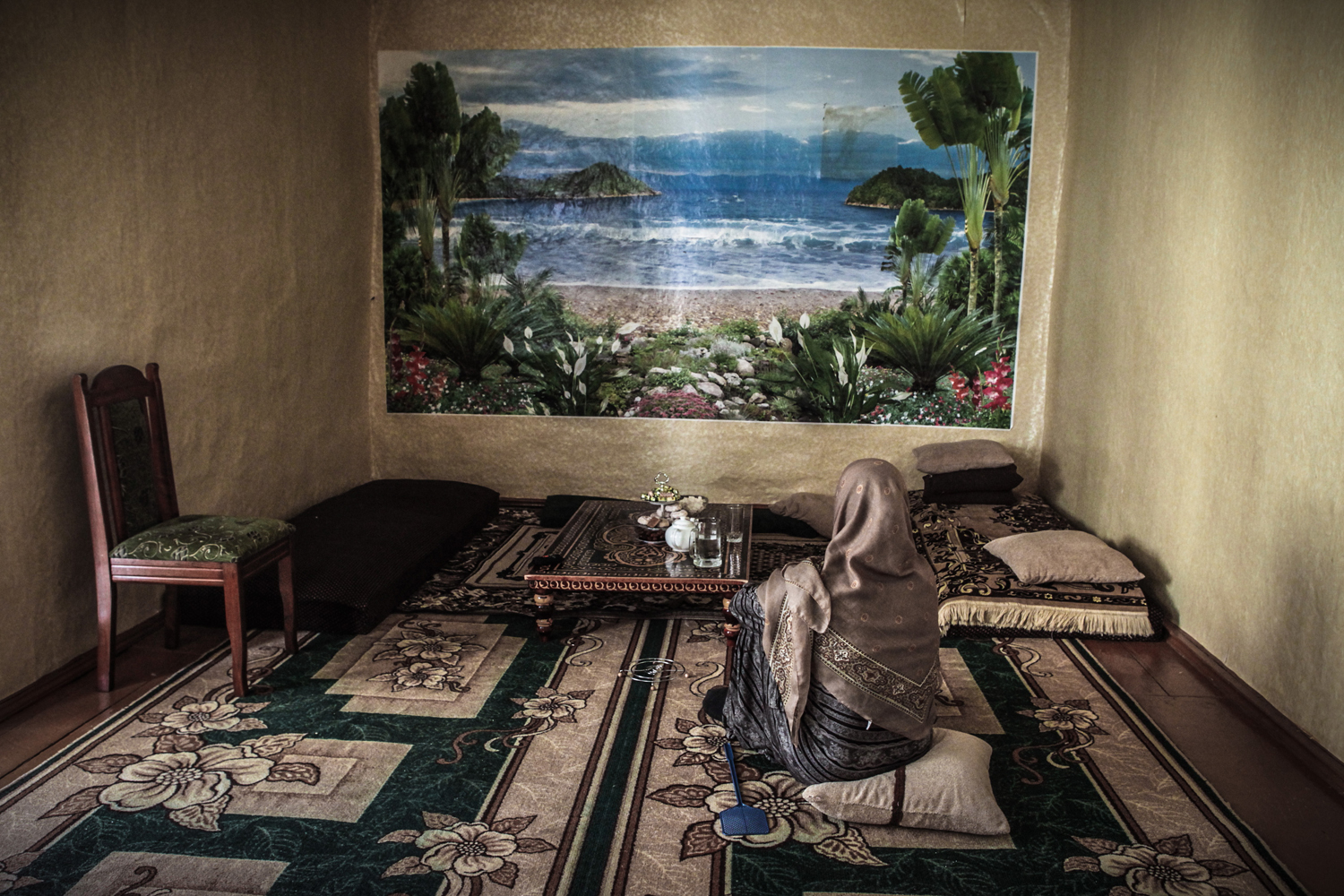











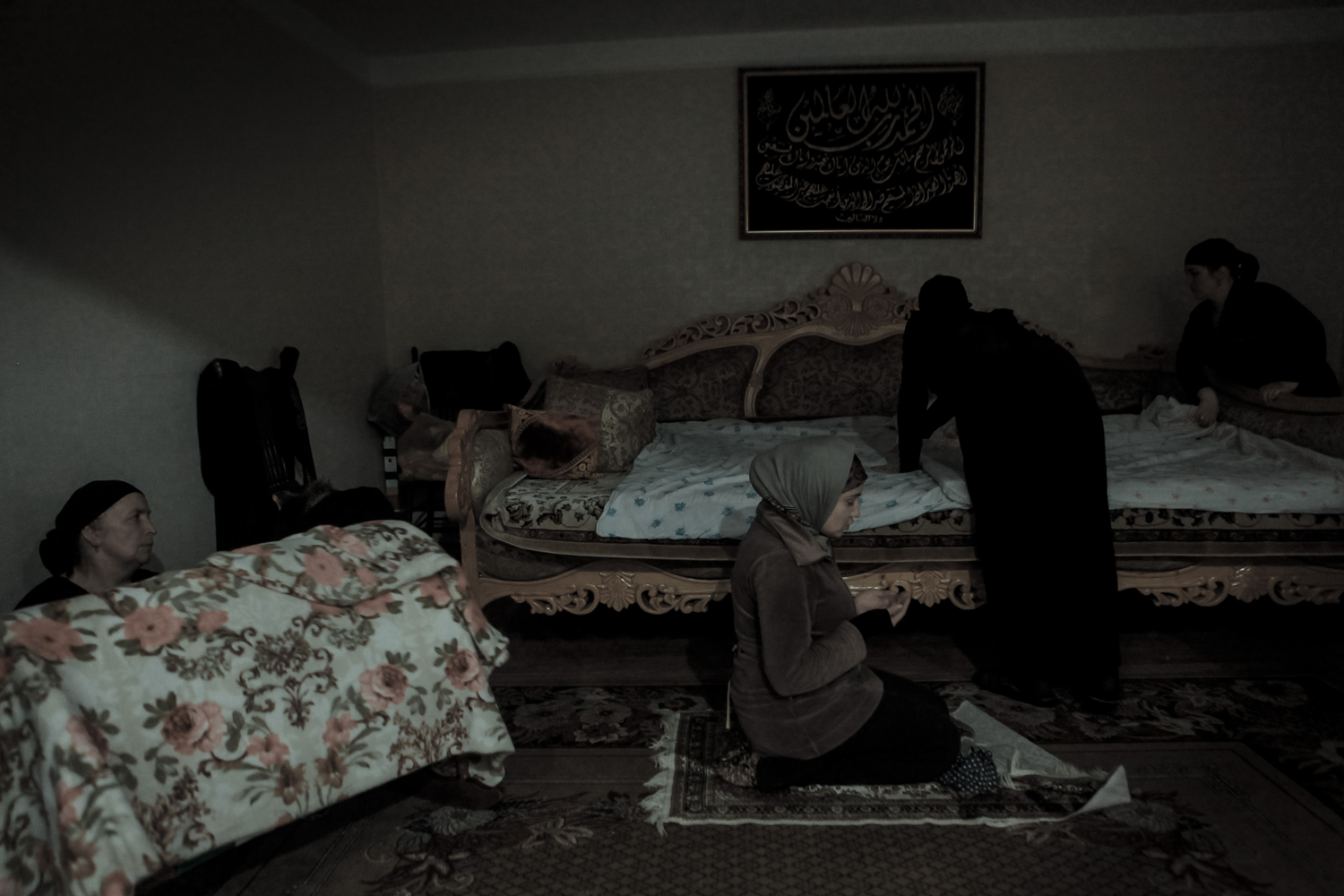
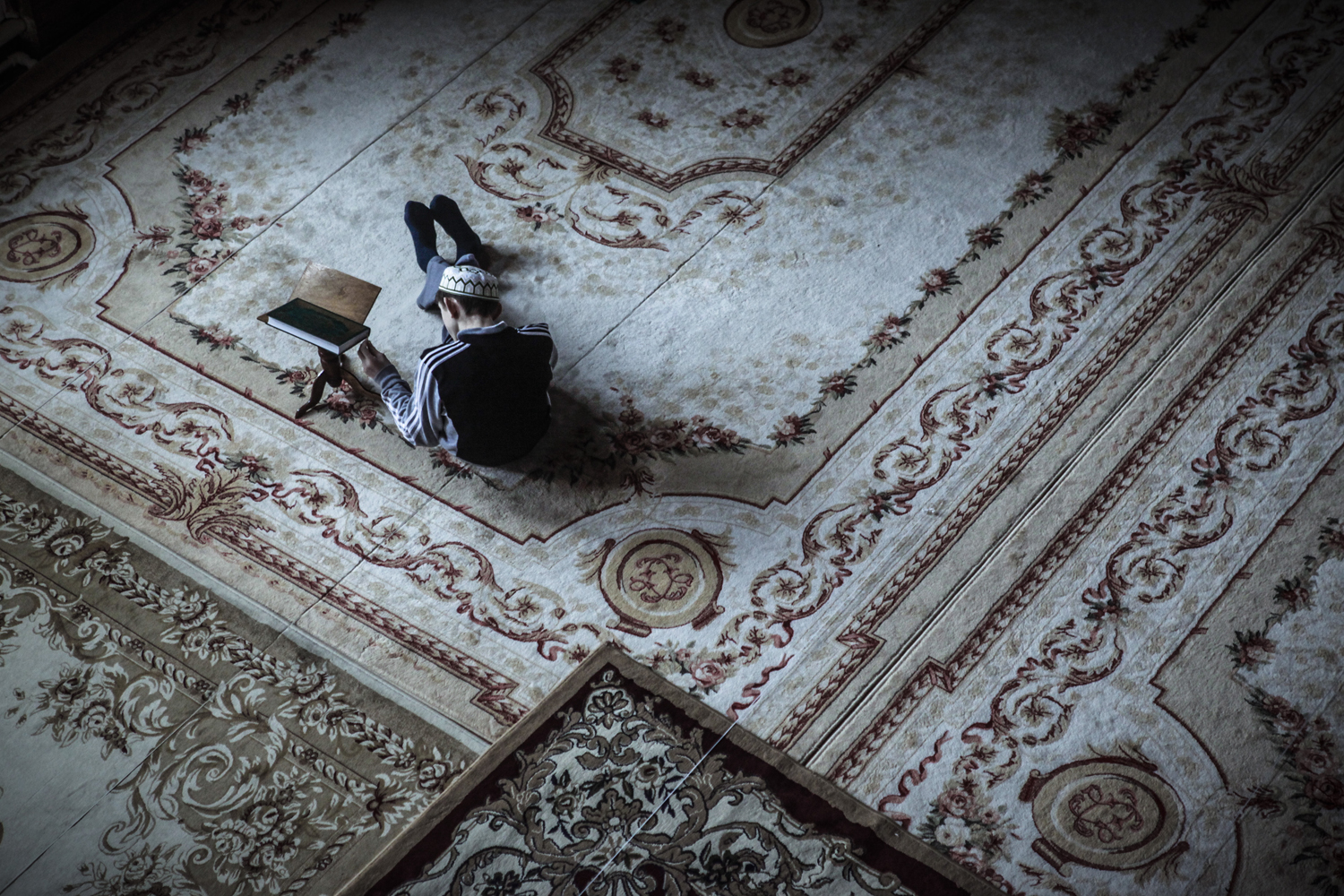
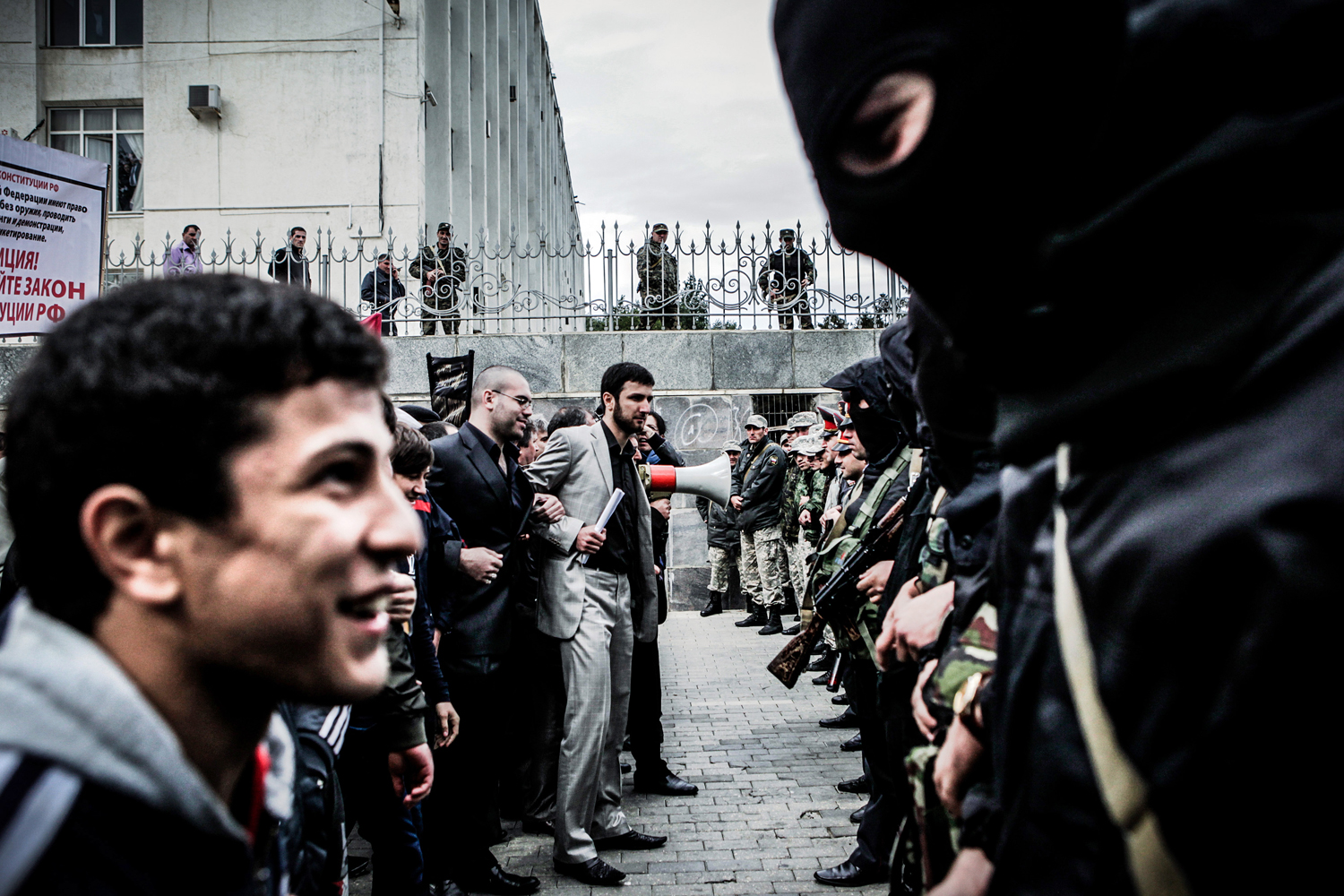

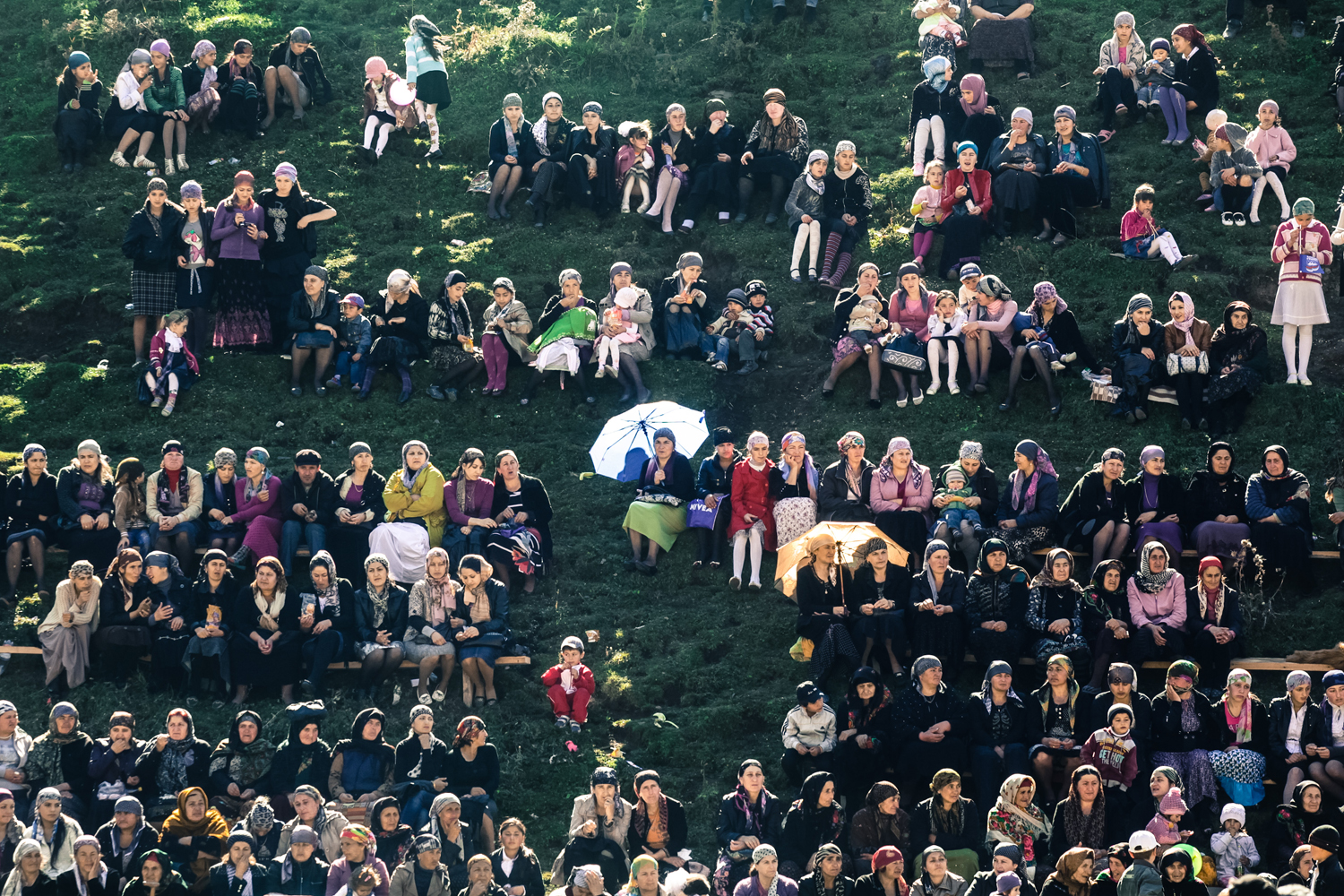

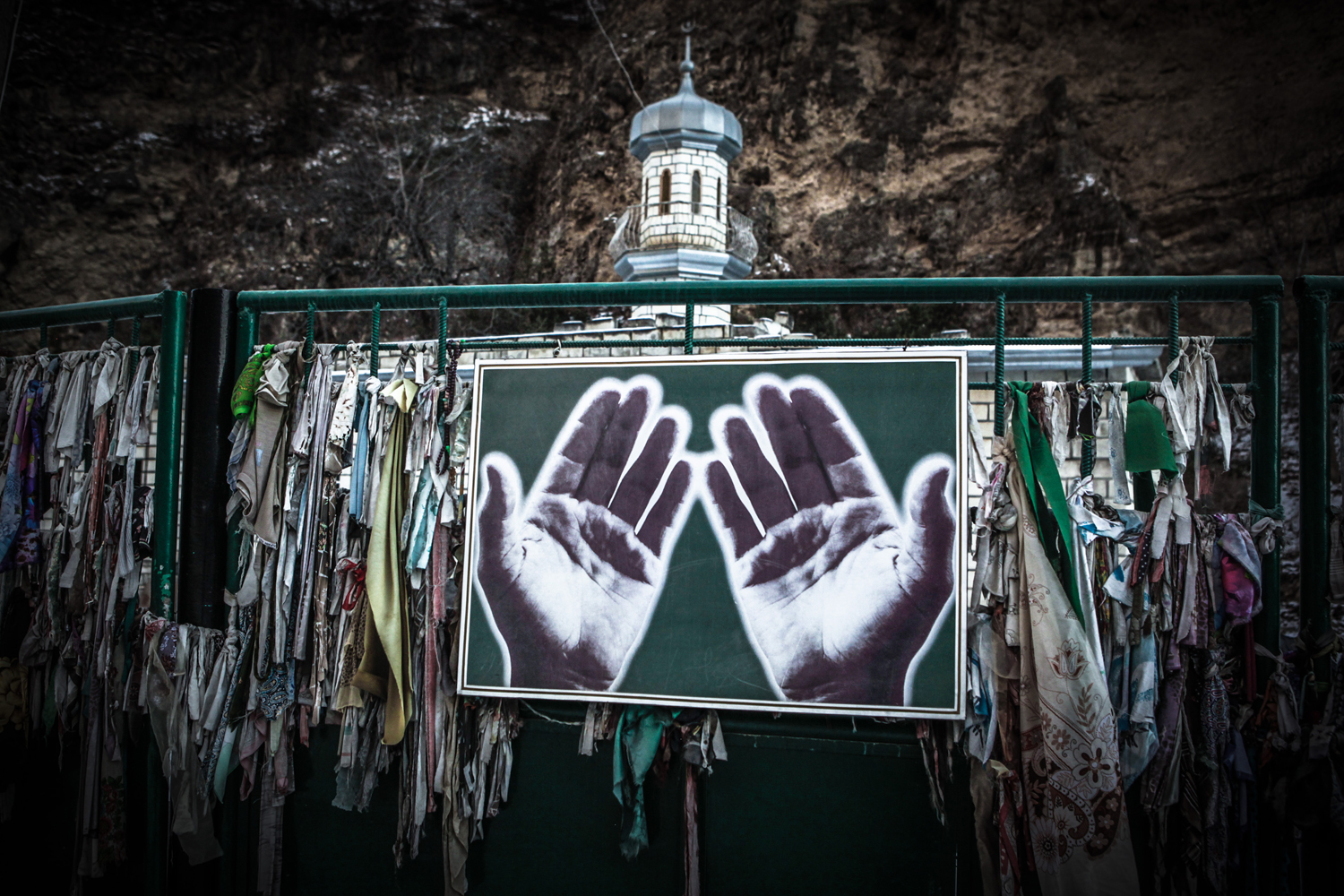
More Must-Reads from TIME
- Donald Trump Is TIME's 2024 Person of the Year
- Why We Chose Trump as Person of the Year
- Is Intermittent Fasting Good or Bad for You?
- The 100 Must-Read Books of 2024
- The 20 Best Christmas TV Episodes
- Column: If Optimism Feels Ridiculous Now, Try Hope
- The Future of Climate Action Is Trade Policy
- Merle Bombardieri Is Helping People Make the Baby Decision
Contact us at letters@time.com